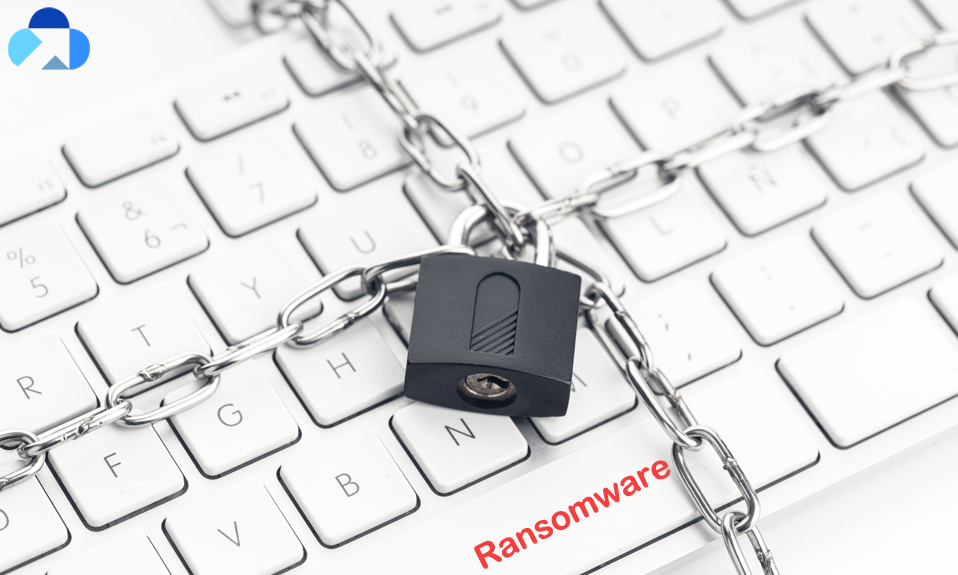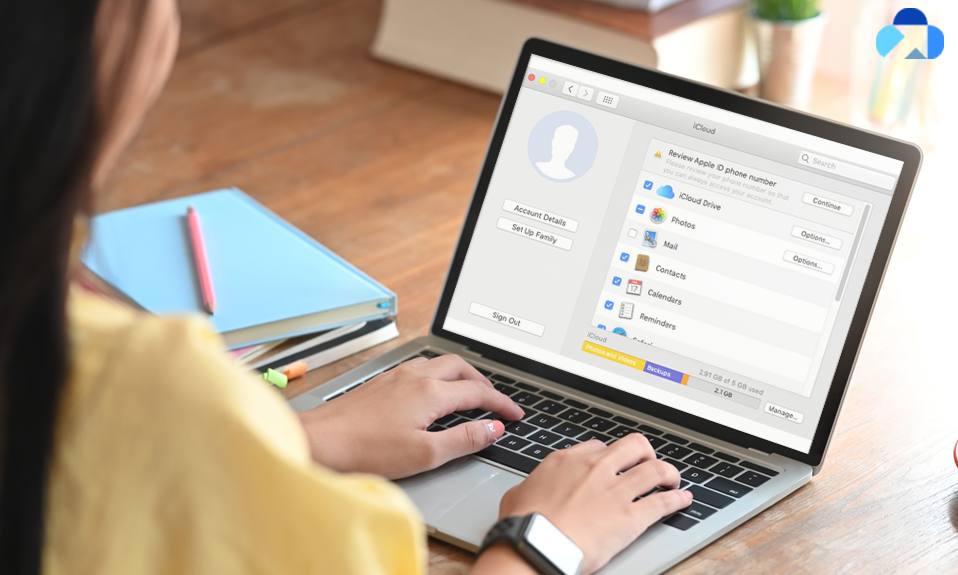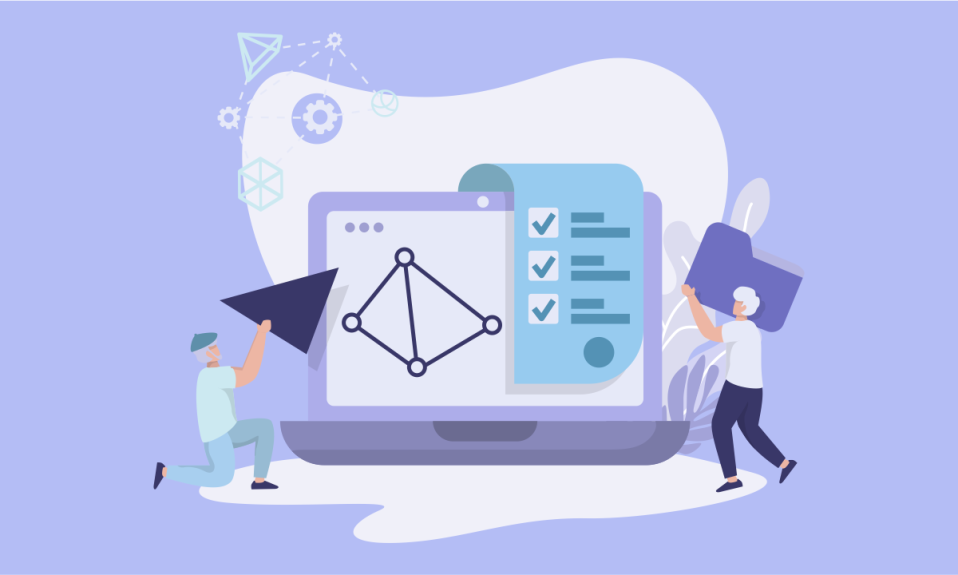
Ransomware is a type of malware that is processed through fishing emails and once get into your documents successfully; you’ll be asked to pay a ransom to get your data back. Basically, ransomware encrypts the data so that you can’t access your data, thus ransomware works. Cybercriminals, who do ransomware attacks, ask for a specified amount of money to deliver the decryption key. With this, decryption key you can get access to your data.
However, it is mainly noticed that ransomware never delivers any decryption key even after paying the ransom. They just try the pretend to be loyal, but they’re not.
Today, ransomware started targeting the companies and business, because they have the most important data related to client, company and other. Additionally, compared to an individual, a business can pay more ransom. It has seen major companies already payout ransomware and it increases year over year. Till 2020, the highest ransom paid out has risen to $10 million by a single business.
The ransomware is increasing day by day and negligence towards ransomware is also evolving it. Major companies are well aware of ransomware and its history of big ransomware attacks, still some of the companies not taking the appropriate measures to protect themselves from ransomware. However, there are still some small organization exists that is still not properly aware of ransomware malware. And this is also the reason that they are targeted first by cybercriminals.
In this article, we will discuss what ransomware in detail is. Additionally, I’ll suggest some of the best practices business can follow them to protect themselves from a ransomware attack.
What is Ransomware-Definition?
Ransomware is a type of malware that restricts user’s access to their system, either by locking the system’s screen or by encrypting the users’ files until a ransom is paid. Modern ransomware families, collectively known as crypto-ransomware, encrypt specific file types on infected systems and force users to pay the ransom via specific online payment methods in order to obtain a decryption key.
Cybercriminals mostly encrypt some particular files data such as .docs. lxx.jpg.zip.pdf, and also some additional file extensions.
Phishing (Fishing) Emails
As we said earlier in this topic, mostly ransomware start encrypting data or first attack through phishing emails or attachments. They pretend to be normal and force you to click on the link provided in the phishing emails or to download the attachment.
Whether the link or attachments, if you follow this, this will deliver the malicious program on your device and help cybercriminals to encrypt your data. However, there can be many other ways through which cyber criminals enter your premises and encrypt your data to get a ransom from you.
Once the victim’s device gets infected, the ransomware reaches out to a Command-And-Control (known as C2) server for further instructions and starts downloading additional exploitations tools. Once the tools (it may be server hosted on the Internet) get into your pc, ransomware will try to harm your OS.
The ransomware attempt to infect multiple systems on the enterprise network by exploiting well-known vulnerabilities in OS and running application. That’s why it is always recommended you stay updated with your application and OS. Like this, in the end, ransomware starts encrypting your assets such as Microsoft Office documents, MySQL databases, videos, images, and lot more things stored in your device and make them inaccessible for you.
Vulnerabilities That Attract Ransomware Attackers
Ransomware attacks stay more updated with the trends and now Covid-19 is becoming the biggest security trend for 2020. Now the attackers through the Covid-19 related phishing and other attacks and targeting the remote workers. For example, since the work-from-home edicts, New York City has gone from having to protect 80,000 endpoints to about 750,000 endpoints in its threat management.
But, this is not the only one; here is a basket of vulnerabilities available that attracts ransomware attackers to attack.
Citrix ADC Application
Citrix ADC is an application delivery controller that accelerates application performance, increases application availability. Ransomware attackers use the Citrix vulnerabilities as an entry mode and then pivot to other Windows to gain further access. Once the attackers entered your Windows using Citrix, it will start downloading a native tool used as part of Windows Certificate Services. The attackers then executed the download binary since 1969.exe, located in C:\Users\Public, and deleted the URL from the current user’s certificate cache.
Remote Access- Pulse Secure
Pulse Connect Secure provides VPN connections to networks that ensure that your mobile workforce has access to cloud and data center applications and resources. Pulse Secure has been using many times by attackers this year, especially when work home has become the trend.
More than 900 VPN business servers’ passwords were also captured and exposed as a result of the vulnerability. The Pulse VPN vulnerability was also utilized by Black Kingdom ransomware operations in June to execute an attack that faked valid Google Chrome scheduled activity.
Here, we have other vulnerabilities that attract attackers:
- An Outdated PC OS, Applications, Driver etc.
- Lack of Proper Knowledge about Ransomware
- Visiting malicious websites, clicking phishing emails or downloading attachments.
- Disclosing personal information
- Suspicious email attachments
- Unknown USB sticks
- VPN services
- Social media
- Infected programs
Ransomware as a Service (RaaS)
Ransomware as Service (RaaS) is a paid model that enables affiliates to use already-developed ransomware tools to execute ransomware attacks. Affiliates earn a percentage commission on each ransom payment. Like all SaaS solutions, RaaS users don’t need to be skilled or even experienced, to efficiently use the tool. Therefore, more and more attackers empower to execute highly sophisticated cyberattacks.
Example of Ransomware Attacks
WannaCry
This was the most powerful ransomware worm that infected over 250.000 systems before a killswitch was tripped to prevent the spread
CryptoLocker
CryptoLocker was the first ransomware of the current generations that needs cryptocurrency for payment (Bitcoin) and encrypted a user’s the hard drive and connected network drives.
NotPetya
NotPetya was the biggest destroying ransomware attacks, NotPetya leveraged tactics from its namesake, Petya such as infecting and encrypting a Microsoft Windows-based system’s master boot record
SamSam
SamSam ransomware was developed a few years ago, more precisely in late 2015. But the most powerful attack by SamSam that gained much more prominence after infecting the city of Atlanta.
TeslaCrypt
TeslaCrypt has several versions, but the attacks of this one become in the beginning, when it infects game files, blocking maps and user profiles.
CryptoLocker
The CryptoLocker ransomware was launched in 2013. At that time, CryptoLocker used a large, non-standard encryption key, which was challenged by cybersecurity experts.
Proactive Measures to Prevent Ransomware Attacks
With the help of these below listed proactive measures organizations can reduce the constantly evolving ransomware attacks in the future:
Educate Your Employees
Lack of proper knowledge about ransomware threats in employees makes the organization is weaker part to fight these attacks. Therefore, we recommend you educate and aware your employees about prevailing ransomware threats. Additionally, you can use a security attack simulator and awareness training tool that can help in reducing the threat of employee error.
Backup Data
Backup is always been the best way to deal with ransomware. Make sure to back up your data in a separate external storage device or you can store your data in the cloud. Use Capebera.com -cloud service to store your data and the best part of the cloud is that it’s not connected to your computer. And in case, your data get encrypted with ransomware threats, you can reboot or reset your system and get back up your data again using Capebera.
Never Click on Malicious or Suspicious Links
Whether in the email or you visit any website, never click on any malicious or suspicious link that you don’t trust. Such links are the bearers of malicious files that badly infect the user’s computer when clicked. Additionally, as we said that this is the primary way to access your data or system used by the ransomware attackers.
Avoid Outdated Vulnerabilities
Make sure to update your application and system as well time to time. Outdated software, system and other are more vulnerable to ransomware attacks. Visit Waredot.com and use the Waredot Updrivers software for the automatic update service for free and paid both.
A Word from Capebera
Hey guys! This was the guide about “What is Ransomware.” In this article, we’ve enlisted the details about ransomware. Most businesses and individuals are not properly aware of ransomware threats. This guide would help them to know how to deal with ransomware attacks or prevent themselves from being compromised with ransomware threats.
I hope you find this article helpful and informative. If you’ve any queries regarding this article or want to know more about ransomware, please let us know in the comment section.













